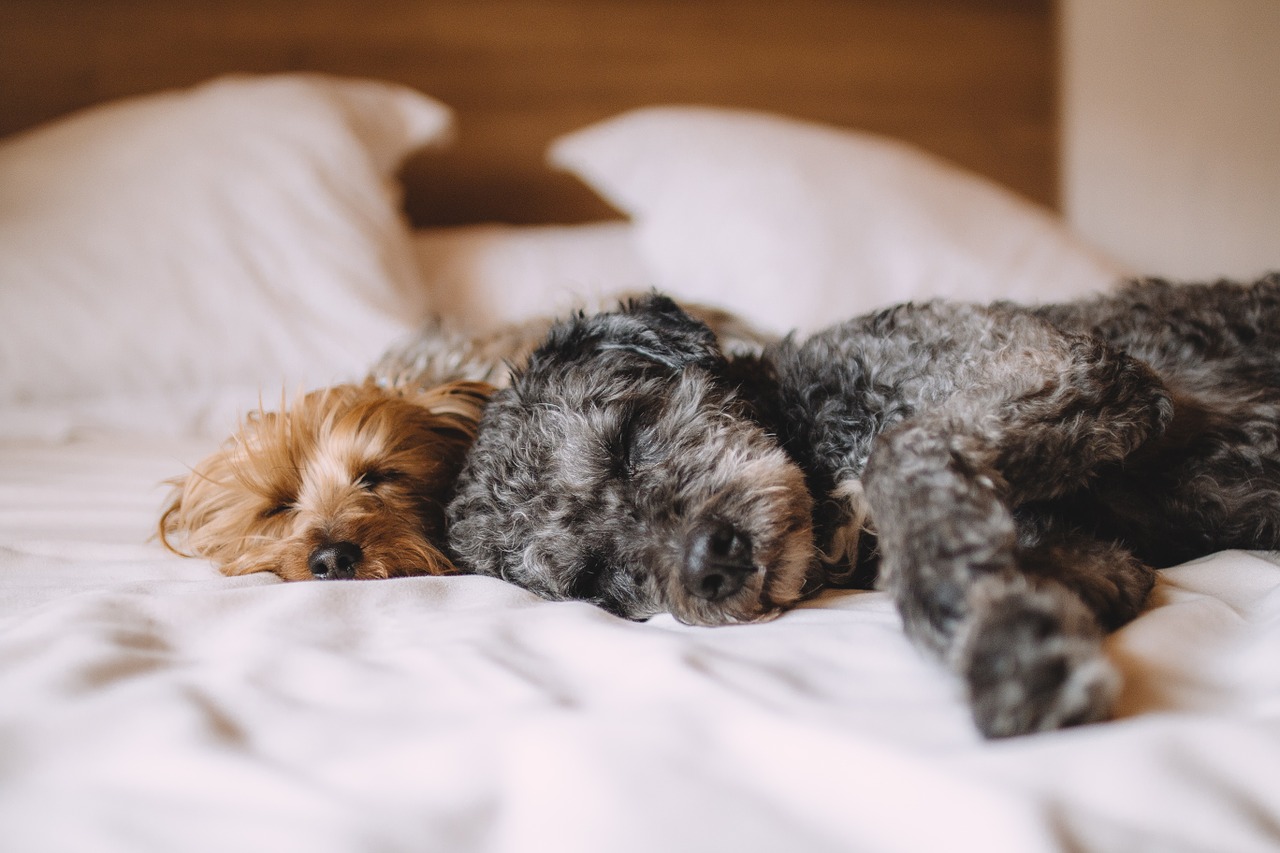
Home Buying Guide for Dog Owners
If you’re thinking of buying a home to have more space for your dog, you’re not alone. Roughly one-third of Millennials who have already purchased a home did it so their dog could have more room.
But what if you don’t have any dogs yet, but you love dogs and want a pet in your future? If you’re in the home-buying market, you too should think about whether the homes you’re looking at could reasonably accommodate a dog.
You need to think about what your dog needs when you buy a home, regardless of whether Fido is currently at your side or joining the family at a later point.
Read on for home-buying tips for dog owners and wannabe dog owners. These are the questions you ought to be asking.
1. Is there enough space for your dog’s breed?
Mastiffs, collies, and Irish setters are just a few of the breeds that need a reasonable amount of space to be happy. If your home is going to be a 600-square-foot studio in a condo development, think long and hard about whether the larger breed can be comfortable there.

Yes, they do curl up and snooze during the day. They also explore and can be proverbial bulls in china shops when they do if the house isn’t big enough for them.
2. Are there places for your dog to run and walk?
Dogs need exercise, so you will naturally need a space where your dog can run and walk. If the home has a yard, that’s great—just make sure it’s fit for Fido to run around and bark in. That means it should be fenced if it’s near traffic and far enough away from neighbors who might not like a pet barking at 11 p.m. A leash is an alternative to a fence.

If you don’t have a yard, check out the surrounding area for dog-friendly outdoor spaces. Dog parks or dog beaches are a delight for your dog and a great way to meet people in a new area. Many municipalities allow dogs on walking and hiking trails or beaches. It’s crucial that your dog have some opportunities for exercise.
3. What are the regulations and restrictions?
Check, check, check for any regulations, codes, or restrictions from the local municipal authority about pets. It’s a good idea to check the city, county, and state. Some require licensing, while others will require certain vaccinations and proof of health before a license can be given. Also, some state and local authorities that own dog parks require registration before your dog can go there (and many have waiting lists).
If you are buying a condo, check with the homeowners association (HOA) to see if you can have a dog—it is not a given. HOAs often prohibit pets because of potential damage to the property and noise. If they permit dogs, they may have restrictions on the size and number.
4. Will the air quality and temperature be comfortable for your dog?
Check out the ability of your heating, ventilation, and air conditioning (HVAC) systems to deliver good air quality and temperatures appropriate for your dog. Senior dogs, especially, can suffer allergies or have other breathing difficulties, so you need to check that the HVAC has been maintained properly.

Breeds with long coats need cooler air for their health, especially if you have very hot summers. This is not a preference: excessive heat can impair the functioning of dogs. A temperature of 78 degrees in the summer may be okay for you. For a longhaired dog, especially an older one, it’s not.
5. Will your dog be able to navigate the features of the house?
Take your dog’s-eye view of your house. Dogs cannot always navigate the features of a given house. Say you love a house that has very steep steps from floor to floor. Then do a thought experiment in which you are a dachshund, for example. Your legs are very short. You want to follow your person wherever he goes, but you can’t because the stairs are just too steep for you.

Or, imagine yourself as a nervous type of dog, like a greyhound, in a house with slippery and beautifully polished wood floors. You can’t get the traction to get around, and you’re constantly yelled at for scratching the floor. See what we mean?
6. Are there pet services nearby?
Having a pet means caring for a pet. You’ll need a good vet, for example. It’s also nice to have groomers or trainers nearby when you need them. Pet stores are great for browsing for toys and grabbing some dog food if you’re running low.

Are any of these services nearby, or would reaching them mean driving a considerable distance? And if the latter, how does your dog feel about being in a car or being left alone?
Buying a new home is exciting. You want one both you and Fido will love and feel comfortable in. So remember to ask yourself these questions before signing the mortgage!
Emily is a freelance wildlife conservation and pet blogger. To check out more of her work, see her blog, Conservation Folks, or follow her Twitter account @emilysfolk.














